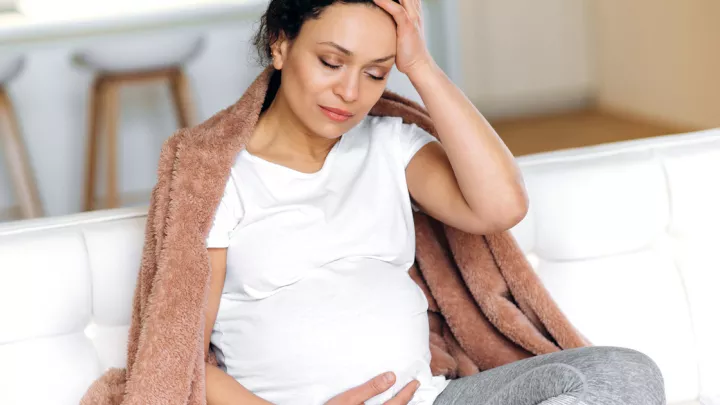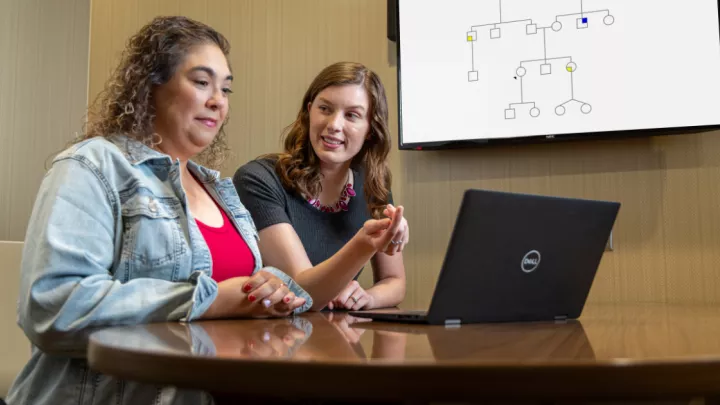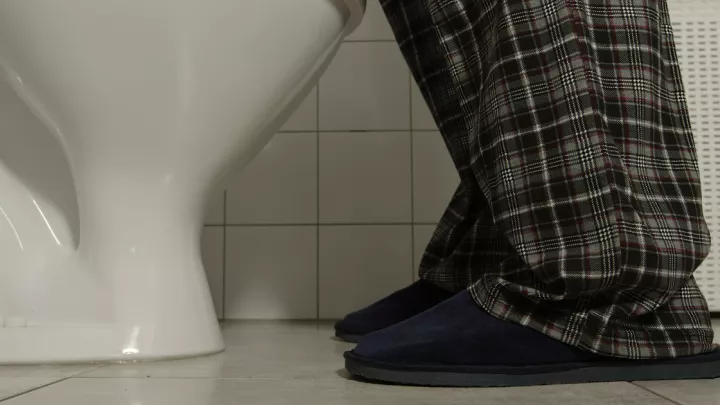Low iron levels rising issue among adolescent girls and young women

Iron deficiency may be an issue for as many as 1 in 3 adolescent girls and young women, and even more concerning, it’s largely underdiagnosed. A recent study in JAMA found that nearly 40% of women ages 12 to 21 are likely to have low iron levels.
"One of the major causes of iron deficiency is excessive blood loss, which in this population is commonly from menstruation," says Alissa Wormington, APRN, Nebraska Medicine women’s health nurse practitioner. “Menstruating women can lose a significant amount of blood each month, leading to iron deficiency, especially if they have heavy periods.”
Iron is an important mineral the body needs to make red blood cells, which carry oxygen to tissues. When iron levels are low, fewer blood cells are made. Low iron levels can be detrimental to the development of young girls, resulting in fatigue, tiredness, brain fog, lack of concentration and poor athletic performance. Because these symptoms can be subtle and come on gradually, they are often dismissed and attributed to things like poor sleep habits.
Iron deficiency symptoms include:
- Fatigue
- Headaches, lightheadedness
- Pale skin
- Weakness
- Brittle nails
- Cold hands and feet
- Decreased athletic performance
- Shortness of breath with exertion
- Hair loss
"Dietary intake is typically adequate for iron intake, which leads us to believe that the cause is blood loss of some sort. Taking a multivitamin with iron is a good way to ensure you are meeting your iron intake needs,” says Wormington. “It’s always best to get your vitamins and minerals from food rather than supplements as the iron in food is better absorbed by the body. However, if you are diagnosed with iron deficiency or anemia, an iron supplement may be recommended several days a week. Drinking orange juice with an iron supplement can help increase absorption.”
Foods rich in iron include:
- Red meat and poultry
- Eggs
- Beans
- Seafood like tuna or sardines
- Dark green leafy vegetables
- Iron-enriched cereals and breads
Who’s at risk for iron deficiency?
- Adolescent girls and women with heavy menstrual periods (Defined as needing to change your pad or tampon more than every four to six hours)
- Those with diabetes
- Individuals who have had blood transfusions
- Pregnant women
- Women with a low body mass index
- Vegetarians and vegans
Ensuring you get enough iron is also very important in pregnant women, says Wormington. Pregnant women are typically advised to take a daily prenatal vitamin that includes iron and folic acid. Low iron during pregnancy can result in a premature or low birth weight baby.
The Centers for Disease Control and Prevention recommends a blood test for anemia every five to 10 years for women of reproductive age. “If you are experiencing any of the symptoms for iron deficiency and are concerned you or your daughter may have low iron, talk to your doctor about getting a blood test,” says Wormington.
Fatigue, weakness, pale skin and lightheadedness are all signs of low iron levels. If you have these symptoms, call 800.922.0000 to schedule an appointment with a doctor to get screened.







